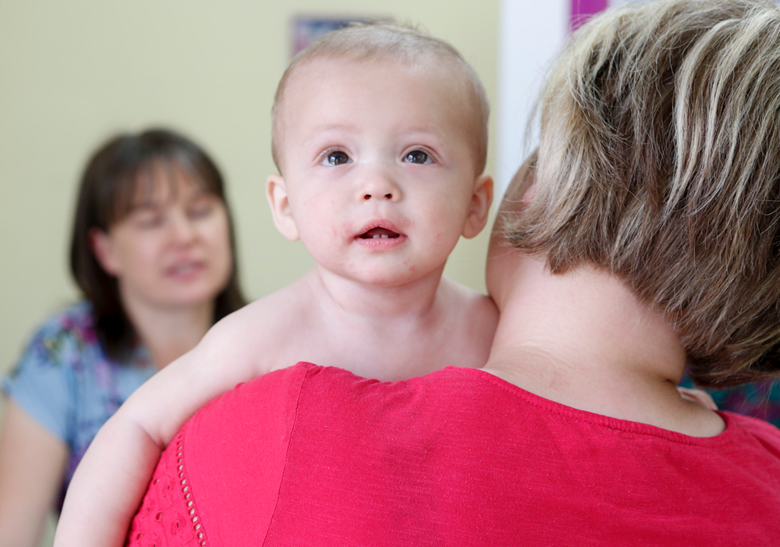Health visitor numbers 'below safe level'
Gabriella Jozwiak
Monday, November 12, 2018
The number of health visitors in England has fallen below safe levels since responsibility for commissioning services switched from the NHS to local authorities, the Institute of Health Visiting (IHV) has warned.

The institute, which was established in 2012 to strengthen the quality of practice, said NHS data shows that the number of health visitors employed has fallen by more than 20 per cent between October 2015, when the transfer occurred, and April this year.
As part of written evidence submitted to the health and social care select committee inquiry into the First 1000 Days of Life, the organisation said the fall has taken overall numbers "down below what we would consider to be safe levels of coverage".
"The national workforce figures offer one illustration of how deeply the public health funding cuts have affected health visiting," the written submission states.
"The vast majority of our interactions with members are about concerns around service cuts and re-tendering exercises."
The written evidence states that the more than 20 per cent drop in professionals is only a "partial picture" of true levels of professionals, as a Health Visiting Minimum Data Set that kept accurate numbers of health visitors was discontinued in 2015 with the transfer of services to local authorities.
As a result, only figures on health visitors employed by NHS organisations and recorded on its Electronic Staff Record are published. The written submission said this makes workforce planning "extremely difficult", as well as putting pressure on health visitors' caseloads.
IHV has recommended that caseload size should not exceed 250 children per full-time-equivalent health visitor, or a maximum ratio of 1:100 in more deprived areas.
The organisation said that during the 2015 transfer, money was transitioned to local authorities on a "lift and shift" basis of each health visitor being responsible for 300 pre-school age children.
The institute has previously warned that falling numbers of health visitors is causing those who remain to consider leaving, out of fear that with growing caseloads they were unable to safeguard children adequately.
The submission also calls for the minimum number of five mandated checks each child should receive from a health visitor be increased to nine, and be "seen as minimum floor, not an aspiration".
The change would bring England in line with the rest of the UK. In Wales children already receive nine reviews, in Northern Ireland seven, with a planned increase to nine, and in Scotland there are 11.
The IHV also specified that regulations governing health visitors' work should state that it be mandatory for qualified health visitors to carry out the checks.
Is said: "Only the five health reviews, rather than the whole service model are mandated by regulation and the regulation does not specify which professional must carry them out.
"Regulation holds health visitors accountable for delegation of reviews although in practice they often have little choice or control over who undertakes many of these reviews.
"This stands in contrast to specifications in the other UK countries, which recognise the need for the particular skills of a qualified health visitor to carry out all health reviews."
One way falling numbers could be boosted, IHV's submission suggests, is through a dual qualification route for students to become both nurses and health visitors. It said this would be an "attractive career route for graduates wishing to have an impact on the life-chances of future generations."
IHV executive director Cheryll Adams said: "Health visitors have highly developed skills in assessment and the formation of trusting relationships with families, each being critical to effective engagement with families in the first 1000 days.
"Adequate resourcing of the service could be delivering enhanced and earlier support to prevent problems or reduce their impact and in so doing reduce later expenditure for the NHS."
Last month research published by the Health Foundation calculated that an additional £3.2bn a year is required to reverse the impact of government cuts to the public health grant, which includes spending on health visitors and children's health services.




